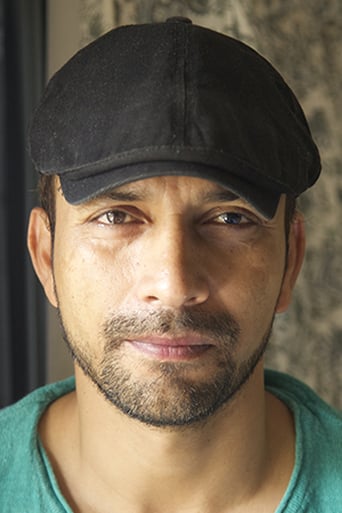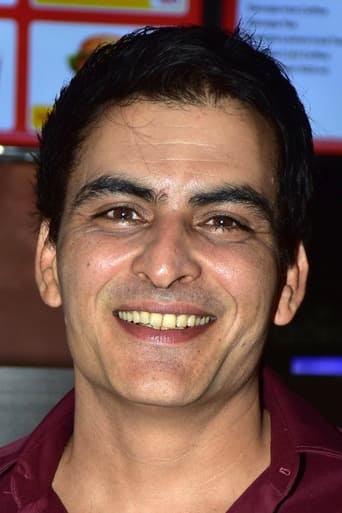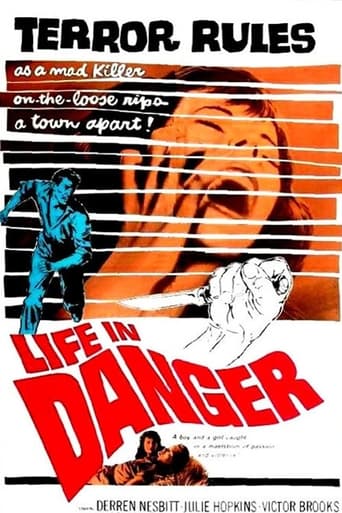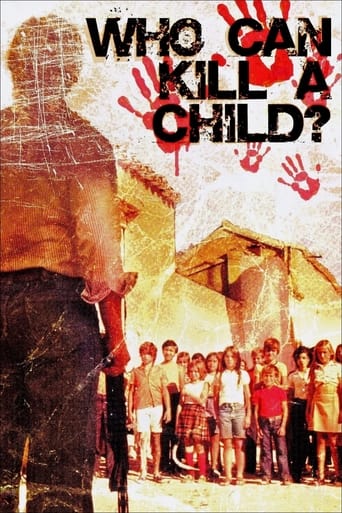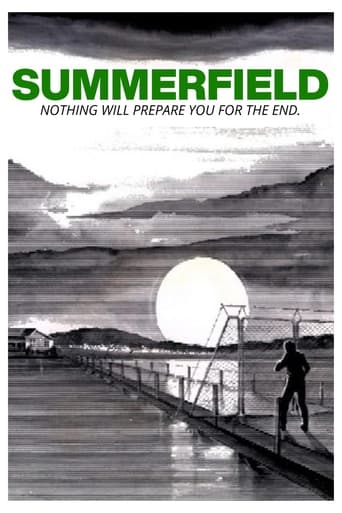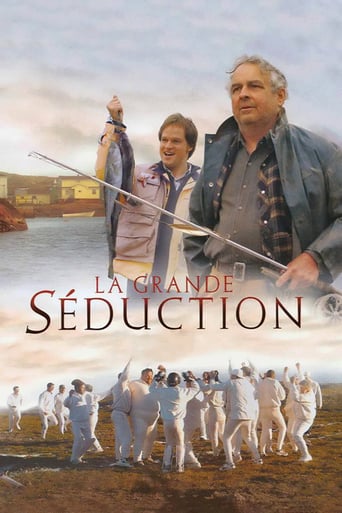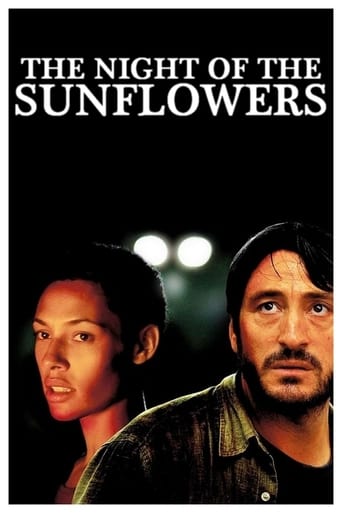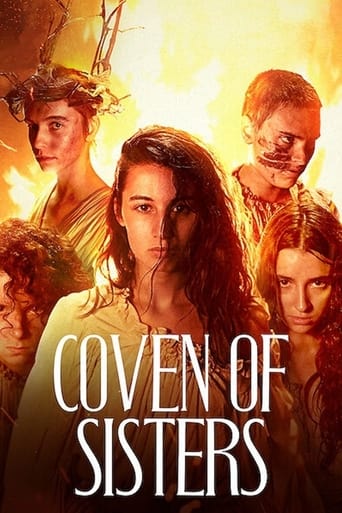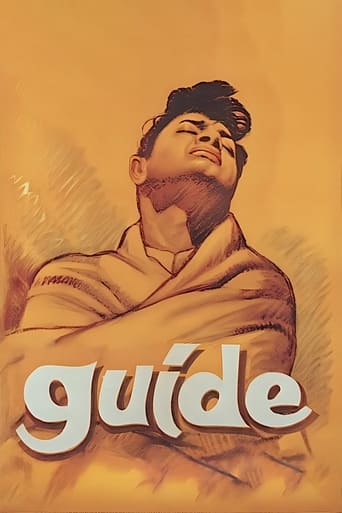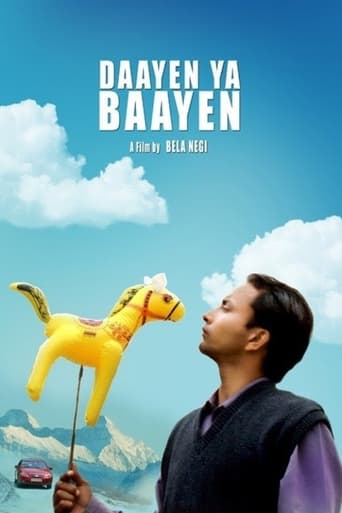

Daayen Ya Baayen (2010)
DAAYEN YA BAAYEN revolves around a schoolteacher in a remote village in the Himalayas who wins a luxury car in a TV contest. His life spirals in a series of comic conflicts as he tries to match the rest of his life to the glamour of the car, undoing himself completely in the process. When the car is stolen, he sets out on a journey to recover more than just his prized vehicle - his lost dignity.
Watch Trailer
Cast


Similar titles
Reviews
A must see movie. This is one of the best ever movie written and created in uttarakhand area.. i just randomly saw it on you tube but hats off to the director and producer and writer.... perfectly written and connected plots in each scene with best humor and sensible poems along with flute combinations... i don't know if any other Pahadi movies like this exist but deepak dobriyal you framed and displayed the best acting... God Bless you and best wishes to all cast to keep the spirit up and making such good movies... three cheers!! :)
Before watching, I was intrigued by the title of the movie. The first thought that came to my mind that it must be a mountain movie with a political subtext. But it wasn't. The movie turned out to be much broader than that. The prime subject of the film remain as the people of Uttarakhand, their identity, aspirations and ambitions with the obvious backdrop being the picturesque Kumaon Himalayas. A simple tale involving an object of desire, a luxury sedan in this case, is then interwoven with earthy characters sprinkled with abundant 'pahadi humor' , a rocky version of dry humor tending towards malice. Some contemporary topics are part of this tale; education, television soaps and most importantly- identity of the people and their direction in life. The movie delves into few fundamental questions. What is achieved by creating a new state? Is such transformation, where girls aspire to be named as the much married bitchy TV serial women, kids walk and talk in English without knowing what they are learning, justified ? Where migrating to a big city is still the biggest aspiration ? Men gamble with cards and get drunk by sundown. How does this new state affect the people and boost their confidence ?Bela, hailing from Uttarakhand, knows her roots, feels the dilemma and expresses it in cinematic medium. I have observed, when a writer directs a movie, there's always a lot of attention to detail. Daayen Ya Baayen would be a treat to the observant audience, to gather the subtle nuances of the characters, the slick coordination of certain sound and visuals to create a humorous note, the framing, dialogs and at times, silent expressions. There are quite a handful of characters, each with their own idiosyncrasies and colorful traits. One of the most important aspects on this film is that it is also made with the local people. Other than three major roles (Deepak Dobriyal, Manav Kaul and Badrul Islam), all other characters are played by local actors and artistes. Reportedly, some of them have faced a camera for the first time. Large number of school students are featured in certain scenes and as I understand, shooting were conducted without any workshop or training. Ramesh's family members, especially his little kid (Pratyush Sharma) and his wife (Aditi Beri) sourced from the region seamlessly merges with the household and domestic brouhaha. The wife, particularly in the scenes of her 'outrageous housekeeping' antics is hilariously natural.Deepak Dobriyal is simply brilliant as the protagonist. His acting prowess probably comes from his theatrical background. Deepak is a powerful actor. In this film, his character is a sublime combination of a poetic dreamer and an ambitious visionary, but unintentionally ending up being a loser or playing the jester. He teaches his son to hand stand, as that will facilitate blood flow to the brain. He makes poetry. He learns driving. He drinks country liquor. Still, he tries to impart basic values to his students and his son. He does it with intensity. This is undoubtedly, his one of the meatiest and finest performance on screen. His character is beautifully supported by Badrul Islam, a fan boy hopelessly sweet in his own way. Pratyush as Ramesh's son radiates lot of potential who reminds of the kids in Majid Majidi's films. This film too makes way for filmmakers who, while trying to entertain, are also willing to create meaningful content on realistic themes. While the movie is predominantly based on the people and societal culture of Uttarakhand, it talks about certain values, identities and aspirations which is identifiable beyond geographical boundaries. DyB deals with is much down to earth issues and materialistic aspirations, but with lighter mood. The tone of the film is bright and upbeat, and it never loses its humor even at its darkest point.Though DyB is a low budget film, the production value is high. The cinematography( Dop Amlan Datta), costumes (by Nikunj Vyas), music are elaborate, well detailed and very entertaining. The magnificent locales, panoramic views, bright sunny days, winding hilly roads, vivid hues are all part of the captivating storyline, all captured candid which prevents it to become a documentary. There's a scene where, Ramesh with his son walks along the narrow stone steps and a rainbow shimmers on the horizon- absolutely stunning! The film is full of many such colorful occasions of happiness, sorrow and surprises. Arguably, films shot on picturesque mountainous locations are somewhat vulnerable to the landscape overpowering the characters. But it's the good director's panache to make them blend with the terrain, but to retain their own importance in the plot. Bela, is quite successful in achieving a fine balance between the characters and the backdrop, interdependent but collectively complete. The BGM by Vivek Philip is upbeat and pertinent with the visual setting. There's only one song, a spontaneous upbeat one, sung by Zubin Garg on which the entire village makes merry !The narrative is simple, believable, straightforward and chronological. Though in the otherwise logical narrative, absence of mobile phones or a gas filling station does feel a bit conspicuous. Remember, the car plays the pivotal role (also to some extent literally, by the end of the film). While almost all aspects of the car and driving was captured in detail and expressed with much humor, one or two instances of gas filling could have been added, keeping practicality in mind. In another scene against sunset where Deepak leans against his sedan, quite looks like an advertisement, probably of a car. Otherwise the screenplay is taut and at places emotionally involving. The films takes it own time to develop the plot, which some may term as a slow start, but once Deepak takes the steering, there's no brake.Overall, a high quality satire intelligently packaged within an entertaining cinema. Watch it, you may feel right after you've left the theater.
It has been a refreshing feel of watching a movie Daayen Ya Baayen, directed by Bela Negi. I share my opinion over this movie at a time when the cinematic technique, storytelling, and plot of Gangs of Wasseypur (directed by Anurag Kashyap) have successfully drawn rave reviews. This discursive backdrop of Gangs of Wasseypur urges me to present my commentary on Daayen Ya Baayen (hereafter DYB), which appears in a certain way an antidote to the former movie. Take an example. The plot of DYB gracefully concentrated on two different orders of violence and fight. One relates to the ecological violence committed by new mining activity on the Himalayan hills. Second concerns itself with the emergence of fighting awareness regarding the on-going calamitous path of opulence; and the resolution adopted to move away from such an anomaly.The story prima facie narrates the desire, dream, and initiatives of a city-returned man – a schoolteacher (Ramesh Majila) – who is disillusioned with the life in Bombay and returns to the Uttrakhand hills. He intends to do something in the village itself for a descent, free life. By sheer coincidence he receives a red car to become locally popular. The red car also invites jealousy of others to its owner. He is interested in getting opened a Kala – Kendra in the village with a view to have opportunities for local artists to nurture and express their talent. They would not migrate to and face a rough tide in the un- embracing cities. The subscripts of DYB illuminate more shades of collective hill life than its main plot. Like the movie 'Om Dar Badar' directed by Kamal Swaroop, DYP is a cinematic representation of a space. Or, to put it in other words a space (Uttrakhand hills) is the character itself than a passive backdrop. The movie captures varieties of physical and human activities, voices, emotions, and exchanges taking place in that space. The fleeting appearance of forest fires and captivating presence of the TV serials between the women serve that intent. Likewise is the transient appearance of a sedate, beguiling woman clad in the red sari on a bus. The characters are rooted in the intersection of time and space; hence are there a number of sub-scripts harmoniously interwoven. The hill, the forest fires, and the buffalo – calf are as much symbolic representatives of the space as the rest of social being. The plot embodies the narrative realism. The non-linear progress of life-course characterises both the large trope and other sub-tropes. There are incidental happenings, like the lottery of a red car won through submission of a jingle. At times, the protagonist regresses in his life-course. Liquor embraces him like other hill youth. Such a moment is as ordinary incidence as the effort of the protagonist to bounce back on the path of a hope in a new rise of the red son in the hills. There is no extraordinariness either with the moment of regression or the recovery from it. The movie interweaves the director's critical message about the development path seen in the hills. It argues in favour of the ecological sustainable path of betterment. The message impressively comes through, for the storytelling does not become preachy. Not ironically, the protagonist's attempt to preach his new vision and judgment invariably draws flak from other characters. Two significant messages come along in an understated way. Ramesh Majila submits to the charm of a beguiling woman clad in a red sari who is always on move. She refuses to accommodate the kid of Ramesh on her bus-seat. The facial reaction of Ramesh conveys his dismal with the reality: the beguiling physical appearance does not necessarily incubate a humane, pleasant inner-self. The latter should receive more attention and regard than the former one which could be misleading. At one point, Ramesh agrees to campaign for the incumbent chief minister of the state. In return, he hopes to materialise his dream of a Kala – Kendra. He explains this bargain to his inquisitive son: he is making a small sacrifice in favour of an indispensable thing to come. There is not much time spent on making his statement exemplary. The director undertakes a rapid movement of scenes towards the protection of a buffalo-calf at the expense of a popular car. This is tantamount to a virtual protection of hill life and its environ.The deployment of symbolism and frames of the camera immensely enriches the plot and comes out smoothly to convey the message. Two examples are worth to note. The sedate, pretty woman on the bus was effectively beguiling. But, she embodied the misleading superficial goodness. Her nasty treatment of the child (Baju Majila) exposes her ugly inner spiritual being, and thus, functions as repellent to Ramesh. The latter saves his buffalo-calf by putting at stake his life and car. He installs the gate of a new Kala – Kendra next to the place where his jettisoned car has been irrevocably hanging. The car initially appeared as a means to attain community respect. The calf was presumed a burden. Towards the end, this equation undergoes a turn upside down. The title of the movie Daayen Ya Baayen refers to the right and left paths of social change. Bela Negi does not intend to resolve the conflict between the two models of development by showing her any simplistic prejudice for one against the other. The third way suggested in the movie bursts forth as a case by case choice. The people in Uttrakhand hills need a Kala – Kendra, but the mining appears destructive and undesirable. DYB is possibly only one movie in the recent time where the protagonist, Ramesh, returns to the village with an intent of discovering an opportunity of descent, free life. Only the malefic spirit moves away from the village to a town. Urbanisation and industrialisation are no longer universal signs of social progress as per Bela Negi's third way. Accolade!
I had the recording of this from my HD device lying without me watching it for many weeks. I had no idea what the movie was about or who starred in it. This is a fairly simple tale of a man who returns to his village in Uttarakhand and takes up a job as a school teacher. The movie is embellished with many actors who play bit roles but they all add to the milieu beautifully. The movie takes a funny turn when the teacher wins a red car in a jingle writing contest which his friend enters for him. And from there on there are many funny moments involving him and his red car. The movie has its dull moments when in between the pace slackens and not much happens. But all in all a refreshing watch with a very simple tale to tell. The authenticity of the atmosphere, the excellent cinematography and Deepak Dobriyal make it a pleasant watching experience.


